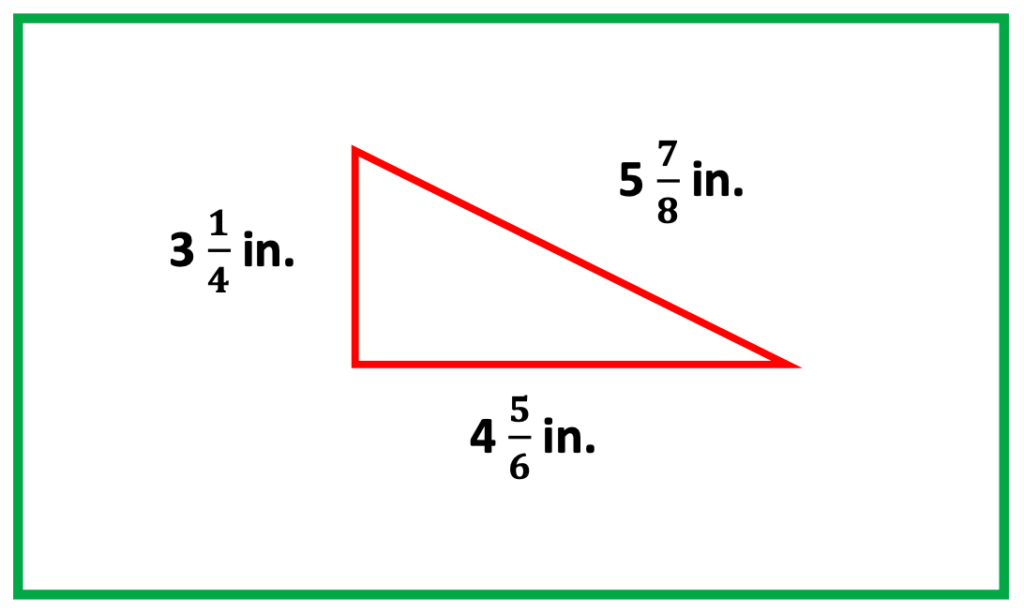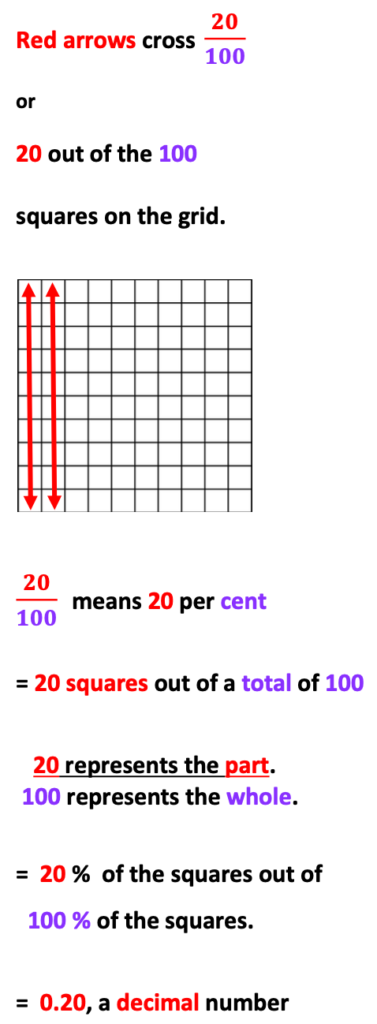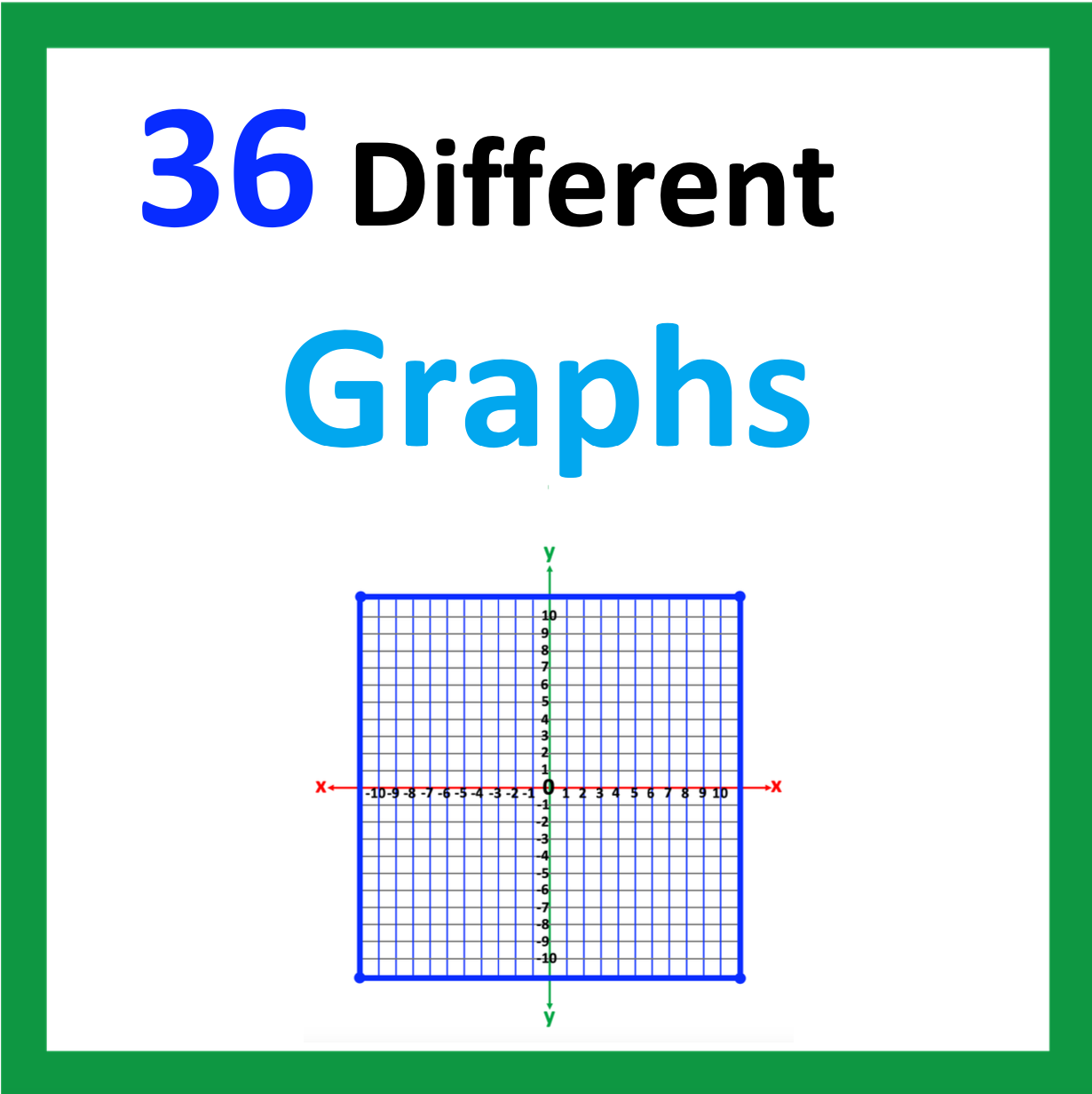You are beginning the school year. Some of your students don’t know basic multiplication facts which will signficantly effect topics related to fractions, decimals, percent, geometry …. Now what? Keep reading to discover solutions for math in middle school.
#1 – Review the Big Ideas
Math in middle school is intense for both you and your students. You hope that, with all your might, students will know all the multiplication facts. Fractions, decimals, and percents light up on your math radar in bright neon colors. Integers, graphing, order of operations, equations, probability, and many other topics also light up.
Solution? Focus on the big ideas. On day one, evaluate student skill levels, including multiplication facts. After introducing fractions, decimals, and percents, review these concepts till the end of the school year. Students often forget these concepts if they are not reviewed all year long.
#2 – Multiplication Facts
Why evaluate multiplication skills? Students who do not know multiplication facts struggle with other math skills. These students also struggle to complete math assignments at the same rate as their peers. Challenges for these students increase when new math tasks are presented, such as multiplying double and triple-digit numbers.
Your school day is busy! How do you find the time to address these challenges? And shouldn’t they have learned these facts in elementary school?
I am with you. Yes, It would be great if all students were fluent in multiplication facts before middle school. Unfortunately, this is not the case. By making a little effort to help these students, they will become successful with other middle school math concepts.
A. Math in Middle School: How to Determine Needs
On the first day of school, give students a math assessment. Include a page that includes all the basic multiplication facts. Determine what multiplication facts present the most challenges. In general, multiplication facts for 6, 7, and 8 are the most common facts students find challenging to remember.
Based on the multiplication section of the math assessment, create a list of students who need review. Also, record the most frequently missed multiplication facts.
B. How to Increase Memorization
Provide each student with a list of the most often missed multiplication problems with the answers included. Also, include a list without the answers. On this page, include the following directions:
1st: On a separate page of paper, copy and answer each problem, one problem at a time.
2nd: Check your answers using the answer sheet.
3rd: If a problem is incorrect, re-write the problem and include the correct answer.
4th: Attach this page to your daily work.
When students write out the facts and answers on paper, they are processing not only the answer. They also process the numbers in the math facts. This helps increase memorization. Though worksheets with problems on the page are often used, less active thinking occurs. This is due to the student writing only the answer, vs. the whole part.
Practice can be incorporated into morning work, or when the student has completed other assignments. Practice can also be added to homework assignments.
Below is a link to a free poster resource.
https://www.teacherspayteachers.com/Product/7-x-8-Multiplication-Cheer-7524352
C. Math in Middle School: Evaluating Multiplication Progress
Over time, observe for multiplication fact improvements in other math assignments.
As students improve, they will become more confident and keep up with their peers with greater ease.. Who knows? The state testing scores may also improve.
#3 – Fraction Operations:

Fractions are the most likely culprit of angst among middle school students. Build student confidence with frequent practice and fraction application problems. Finding perimeter, area, and volume are great ways to apply fraction operations. If geometry problems only include whole numbers, challenge students by changing the values to proper fractions and mixed numbers. Also include probability, ratio, and proportion problems.
Provide students with a visual resource that summarizes fraction operations. This could be in the form of a reference sheet or poster on the wall. Creative students may also enjoy creating a poster. These students may be paired with other students who understand fraction operations, well. Other students may create another poster with pictures illustrating where fractions may be found in everyday life.
Furthermore, fractions are everywhere, even in Algebra and Geometry!
Additional resources for fractions are listed below.
https://www.teacherspayteachers.com/Product/Fraction-Operations-Sort-and-Solve-Worksheets-8709850
#4 – Fractions, Decimals and Percent
In addition to student confidence with fraction operations, it is also important for students to understand how to convert between fractions decimals, and percents.

The ability to convert, helps students understand middle school science content with math calculations. Applied life applications include determining discounts, and interest, calculating tax rates, and interpreting weather forecasts. Provide students with much practice with these practical math tasks.

Fractions, decimals, and percentages are part of the big idea in middle school. Provide much practice using both traditional methods and include projects related to life skills. For example, have students research interest rates on credit cards, interest rates for deposits made at a bank, interest rates for mutual funds, and other practical applications.
Additional resources are listed below.
Conclusion
Multiplication facts are the backbone for success in middle school math, therefore providing intervention for this skill is critical. Fraction operations and the ability to convert between fractions, decimals, and percents lays the foundation for future success in life skills and high school math.
Other Related Posts
How to Successfully Teach Fraction Operations
Fractions, Decimals, and Percent: How to Prepare Students
Percent Word Problems: How to Successfully Prepare
Percent Word Problems: How to Successfully Solve

Looking for More Materials?
Click the button below to view more of my educational resources!
